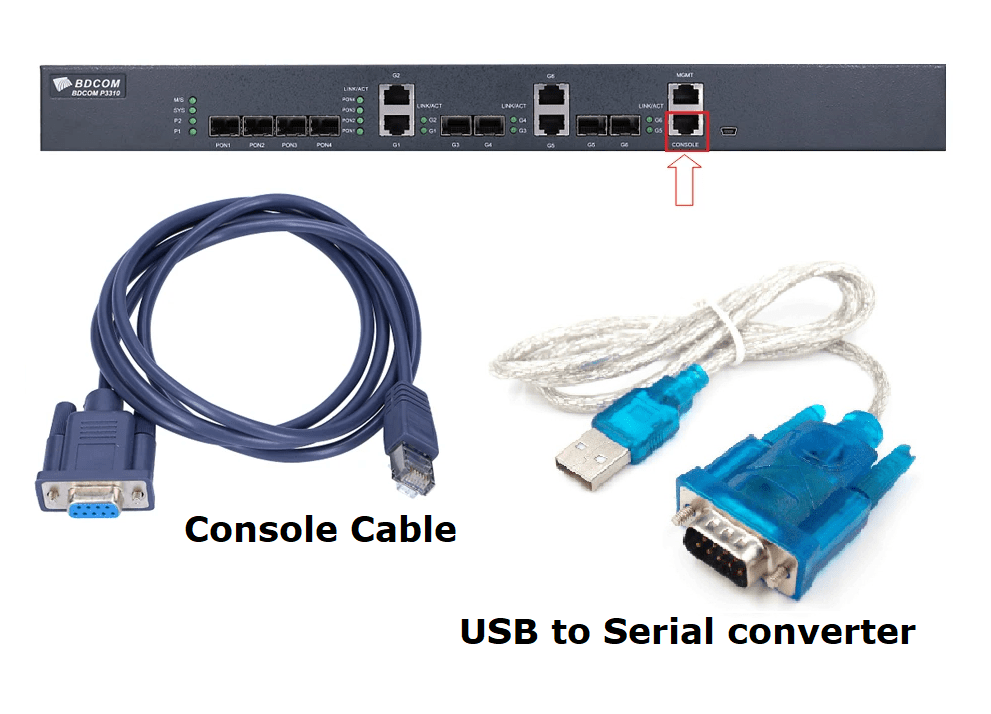
Computer network architecture defines the physical and logical framework of a computer network. It outlines how computers are organized in the network and what tasks are assigned to those computers. Network architecture components include hardware, software, transmission media (wired or wireless), network topology, and communications protocols.
Main types of network architecture
There are two types of network architecture: peer-to-peer (P2P) and client/server. In P2P architecture, two or more computers are connected as “peers,” meaning they have equal power and privileges on the network. A P2P network does not require a central server for coordination. Instead, each computer on the network acts as both a client (a computer that needs to access a service) and a server (a computer that serves the needs of the client accessing a service). Each peer makes some of its resources available to the network, sharing storage, memory, bandwidth, and processing power.
In a client/server network, a central server or group of servers manage resources and deliver services to client devices in the network. The clients in the network communicate with other clients through the server. Unlike the P2P model, clients in a client/server architecture don’t share their resources. This architecture type is sometimes called a tiered model because it’s designed with multiple levels or tiers.
Network topology
Network topology refers to how the nodes and links in a network are arranged. A network node is a device that can send, receive, store, or forward data. A network link connects nodes and may be either cabled or wireless links.
Understanding topology types provides the basis for building a successful network. There are a number of topologies but the most common are bus, ring, star, and mesh:
-
A bus network topology is when every network node is directly connected to a main cable
-
In a ring topology, nodes are connected in a loop, so each device has exactly two neighbors. Adjacent pairs are connected directly; non-adjacent pairs are connected indirectly through multiple nodes
-
In a star network topology, all nodes are connected to a single, central hub and each node is indirectly connected through that hub
-
A mesh topology is defined by overlapping connections between nodes. You can create a full mesh topology, where every node in the network is connected to every other node. You can also create partial mesh topology in which only some nodes are connected to each other and some are connected to the nodes with which they exchange the most data. Full mesh topology can be expensive and time-consuming to execute, which is why it’s often reserved for networks that require high redundancy. Partial mesh provides less redundancy but is more cost effective and simpler to execute






